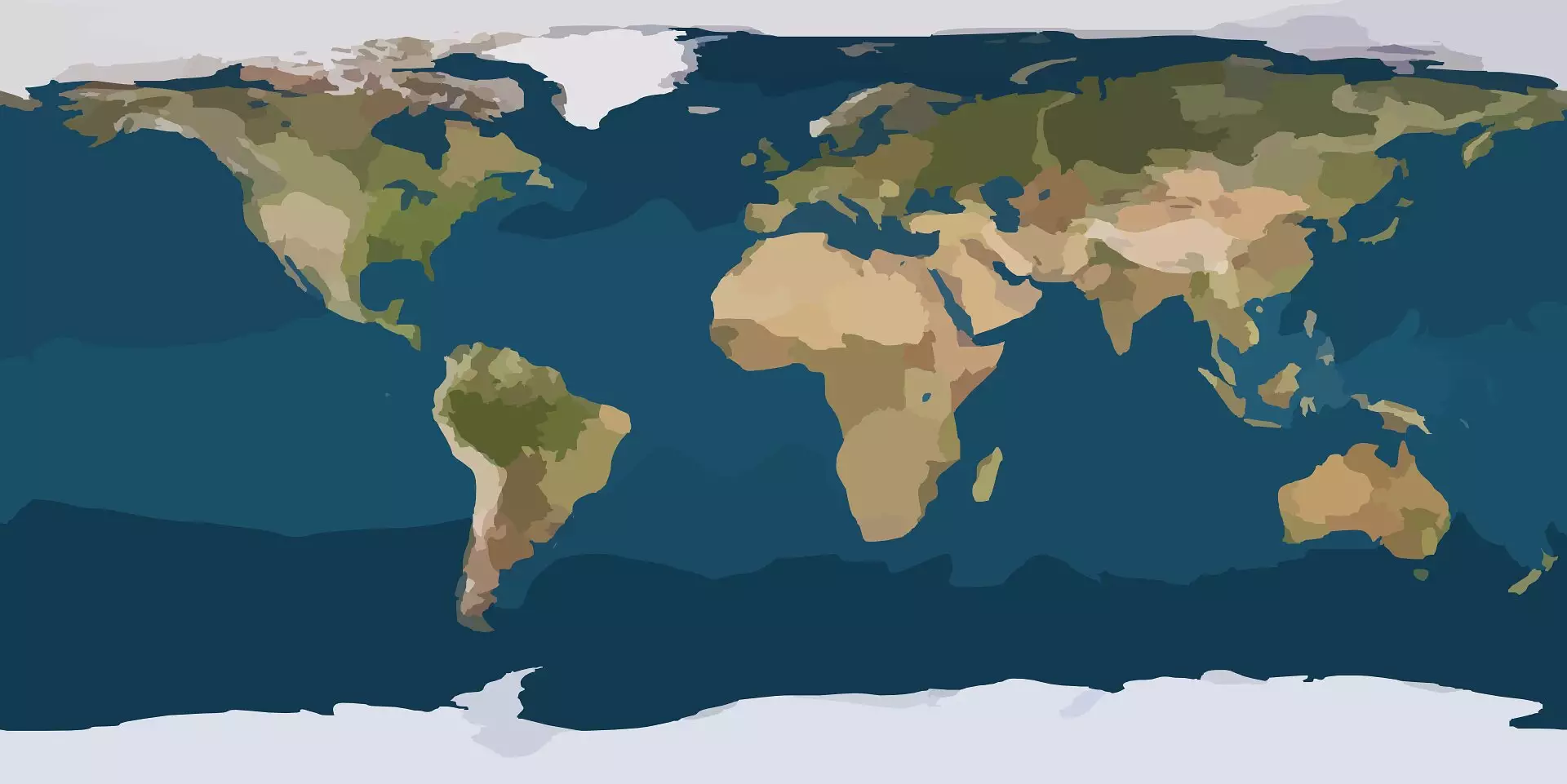A recent study has brought to light an extraordinary new climate pattern that could revolutionize our understanding of weather systems in the Southern Hemisphere. Named the “Southern Hemisphere Circumpolar Wavenumber-4 Pattern,” this phenomenon can ingeniously trigger temperature changes across the entire Southern Hemisphere, showcasing just how interconnected our climate really is. Unlike El Niño, which originates in the tropics, this newly discovered pattern emerges from the mid-latitudes, pointing to a significant oversight in our climatological frameworks. The implications of this discovery are profound, changing the way scientists approach weather predictions and climate modeling.
Leading the charge in this research is Balaji Senapati from the University of Reading. Senapati expressed excitement about their findings, likening the discovery of this climate pattern to uncovering a hidden “switch” within Earth’s climate system. This newfound locality underscores the impact small geological areas can exert on global climatic conditions. An underlying implication is that better understanding of this phenomenon may enable enhanced weather forecasting and contribute to deciphering complex climate shifts that continue to puzzle experts.
The Mechanism Behind the Wavenumber-4 Pattern
To grasp the significance of the Wavenumber-4 Pattern, it’s essential to dig into how researchers built their findings. Utilizing advanced climate models that simulate atmospheric, oceanic, and sea-ice conditions over a period of 300 years, the researchers sought out patterns in climate behavior. The ingenuity of their modeling lies in its comprehensive representation of Earth’s multifaceted climate system.
What emerged from their simulations was a captivating cycle of sea surface temperature variances circling the Southern Hemisphere. This cycle doesn’t merely represent a set of isolated temperature changes; instead, it behaves like a resonating wave, creating alternating zones of warmth and coolness within the ocean. This chain reaction begins in a relatively minuscule area of the ocean near New Zealand and Australia. When temperatures fluctuate in this small region, they trigger reverberations throughout the atmosphere, leading to an expansive influence on oceanic conditions.
Beyond Traditional Weather Patterns
One of the most striking elements of the Southern Hemisphere Wavenumber-4 is its operation independent of known tropical weather systems like El Niño and La Niña. This independence indicates that it has always been a fundamental component of Earth’s climatic tapestry, though it has only recently come to our attention. The significance of this revelation cannot be overstated: It suggests layers of complexity in our climate that have yet to be fully explored.
Understanding the intricate relationship between atmospheric shifts and ocean temperatures opens new avenues for not just predicting climate events but interpreting existing climate data in a manner never previously attempted. The added complexity offered by the Wavenumber-4 Pattern could explain anomalies in climate behavior that have long puzzled scientists, possibly revealing dormant patterns of atmospheric interaction waiting to be activated.
The Future of Climate Prediction
As we move into an era with increasingly unpredictably weather patterns, the ability to anticipate climate shifts will be indispensable. The implications of this discovery are far-reaching; the Wavenumber-4 Pattern could drastically enhance our forecasting capabilities, providing valuable insights into extreme weather events like cyclones, droughts, and floods, particularly in areas that are most vulnerable.
By adapting and updating our climate models to incorporate these findings, scientists can improve our preparedness for climate-related challenges. This will involve not just refining existing models but potentially rethinking the foundational tenets of how we understand climate dynamics. The idea that a small geographic region can dictate global climatic trends suggests a need for continuous inquiry in climatology and oceanography.
This groundbreaking revelation is not simply an academic curiosity; it is a timely reminder of how much we still need to learn about our planet. As climate variability intensifies due to human influence and natural cycles, understanding mechanisms like the Wavenumber-4 Pattern will become increasingly vital.
Only time will reveal the full extent of its implications, but one thing is certain: the world of climate science is in for a thrilling ride.

